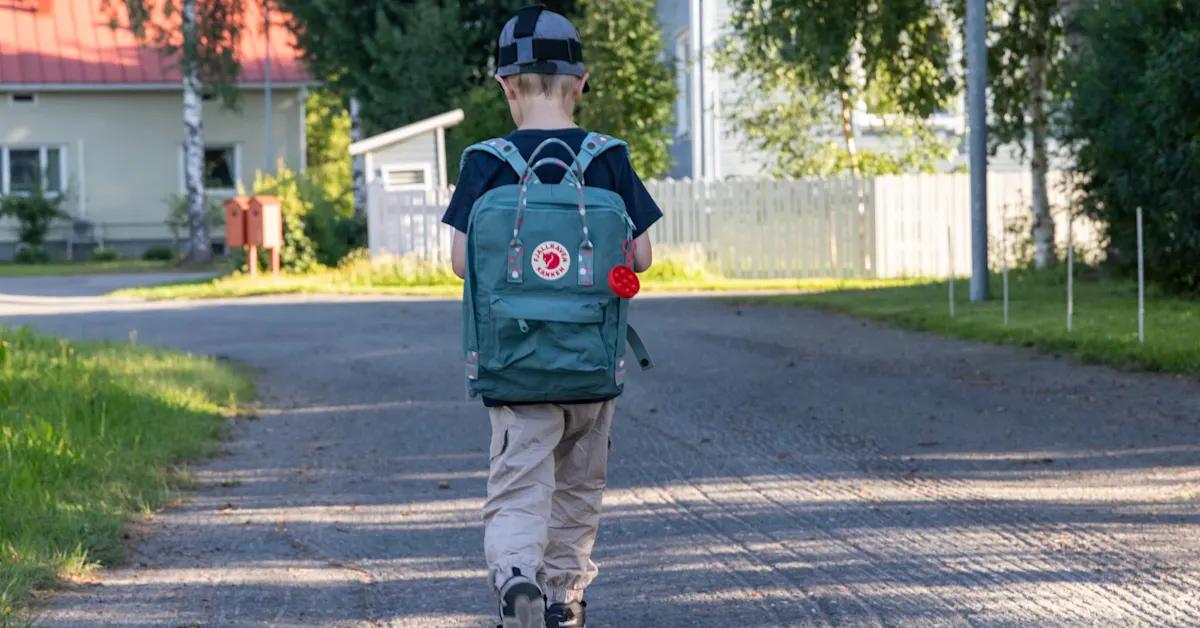By Priya Ramachandran D’souza
Copyright yle

Helsingin Sanomat sheds light on long-term data showing that an increasing number of Finns are taking on side jobs, a trend that has become clear over the past decade.
In 2014, about 90,000 Finns took on extra work in addition to their main employment. By 2024, this number had risen to 138,000. Side jobs can include paid work or entrepreneurship.
HS features Leena Väkiparta, a 37-year-old midwife who works full-time at Turku University Hospital’s gynaecology unit.
However, on evenings and weekends she runs a beauty business — providing colour analyses to clients, helping them find suitable clothing and makeup combinations to suit their skin tones. The gig earns her an average of 500 euros extra per month.
“I try to keep the operation small so that I don’t have to pay value-added tax or entrepreneur pension contributions,” she tells HS.
VAT isn’t required for businesses with annual turnovers below 20,000 euros, and entrepreneurs don’t need to pay pension insurance if their earnings are below 9,208 euros.
Although Väkiparta considers her midwife salary of 3,300 euros gross (2,200 euros net) sufficient with allowances, her side income provides extra financial flexibility for everyday pleasures, family holidays and hobbies.
However, she admits that she spent 3,000 euros on colour analysis courses and thousands more on workspace and supplies, with plans for the investment to pay off by next spring. She also spends long hours each week on social media promoting her business.
According to Pertti Taskinen, Senior statistician at Statistics Finland, people mainly take side jobs for financial reasons. On average, people spend nearly 12 hours per week on side jobs, with the largest group of workers doing so aged 35–44.
At the newspaper’s request, Taskinen found that per capita, Denmark has the highest proportion of side-job workers in the Nordics. Finland and Norway are roughly tied, and Sweden ranks last. Iceland was excluded due to unreliable data from its small population.
Uusi Suomi reports that for many elementary school-aged children who are home alone after school, long, lonely afternoons can be a heavy burden. This is based on data from calls and messages received by the Mannerheim League for Child Welfare (MLL) helpline.
Tatjana Pajamäki, psychotherapist and head of MLL’s support services, points out that the issue particularly affects 9–11-year-olds, who are no longer considered very young and who may have lost access to afternoon school programmes commonly available to first- and second-graders.
The need for an adult presence in everyday life is especially evident in contacts made to MLL’s phone service, Pajamäki told Uusi Suomi.
Callers are usually young elementary school children, often in unexpected situations when their parents or other responsible adult aren’t around. The line hears from kids who get locked out of their homes, hear frightening noises, or just want some company when they’re sick.
According to MLL, girls more often make “safety call”–type contacts, seeking support in situations like walking through a frightening environment. Meanwhile, calls made by boys are more frequently driven by boredom, which is also a common reason for contacting the helpline.
Pajamäki emphasises that the purpose of MLL’s children and youth helpline is for children to call when they need help or company.
She adds that while many kids are happy being alone, for some, long periods of isolation can leave lasting emotional marks, turning loneliness into internalised sadness and detachment. The organisation is concerned that younger children are increasingly seeking help for mental health issues.
However, she emphasises that parents have very little influence over the situation and that working parents cannot be blamed. The issue is partly structural and largely linked to Finland’s relatively short school days.
She calls for a societal solution — extending hobby opportunities as part of the school day and expanding afternoon programs to include third-graders and older children.
She also hopes for community involvement, such as voluntary support for parents of young schoolchildren from neighbours or local organisations.
The latest episode of the All Points North podcast asks what it’s like to grow up in Finland. Listen to the episode via this embedded player, on Yle Areena, via Apple, Spotify or wherever you get your podcasts.
Living with clutter
A majority of people in Finland — 65 percent — believe they have too much stuff, according to a large peer-to-peer sales study commissioned in July by Tori, Finland’s largest online used goods trading platform.
Maaseuden Tulevaisuus reports that this view is held by 72 percent of women and 58 percent of men. About 39 percent of respondents declutter their extra items more than once a year, and over half throw things away.
“Seventy percent of Finns sell their personal belongings. This is a significant change compared to the past 10 years. Among women, 78 per cent sell items, and among men, 64 percent,” Jenni Tuomisto, director of Tori, said in a press release.
One in five Finns stores extra items in cupboards, and one in three keeps them in storage rooms. About ten percent of men, meanwhile, said they bring surplus belongings to summer cottages.
About a third of peole in Finland said they throw out usable clothing, but rarely discard children’s garments.



